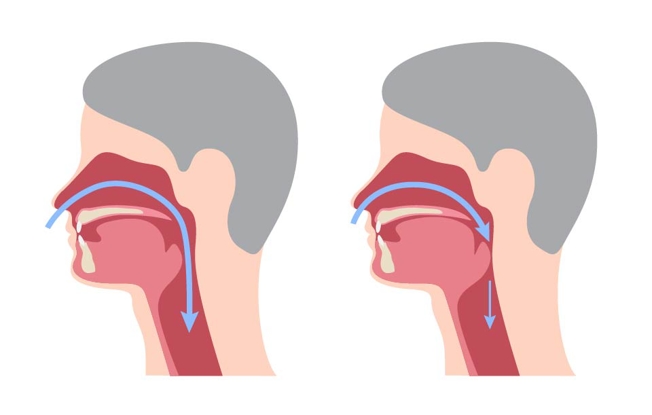The Health Benefits of Seasonal Fruits
- Category: Community, Health Education Topics, Healthy Diet, Healthy Eating
- Posted On:
- Written By: Patricia C. Deisler, MD and Mary Devereaux, DOM, LAc.
By Patricia C. Deisler, MD and Mary Devereaux, DOM, LAc.
An undeniable truth is that everything required for health maintenance originates from the harvests of the Earth. Fruits epitomizes one example of this bounty. Here are the top twenty healthiest fruits to eat:
- Grapefruit
- Pineapple
- Blueberries
- Avocado
- Apples
- Pomegranate
- Mango
- Strawberries
- Cranberries
- Blackberries
- Olives
- Watermelon
- Lemon
- Bananas
- Oranges
- Durian
- red
- and purple grapes
- Papaya Cherries Guava
All are available in Florida and grown here locally in Brevard County. However, not all fruits are equally beneficial. It is important to understand which fruits fit the needs of our bodies and the environment in which we live.
How do we classify a fruit? Growing up, it was taught what went into a salad is a vegetable and into pies and jams were fruits. Scientifically, fruits grow from the flower of the plant. So, fruit is not only the sweet taste of apple, berries, watermelon and bananas; but also squash, peppers, cucumber, peas and okra. A vegetable, on the other hand, is produced from the leaf, stalk, bulb or head of a plant. Examples of vegetables include lettuce, brussels sprouts, garlic, onion, carrot and potato. The difference between the two and their origins can be confusing and often you find health articles lumping fruits and vegetables together. What is important to understand is the health benefit and quality of what you put into your mouth, rather than focusing on separating what is a fruit and vegetable.
Now that we understand the botanical differences between fruits and vegetables, when do fruits provide optimal health benefits for our bodies? Year-round grocery stores carry a wide selection of fruits. It is very rare you will not find some of the top twenty fruits mentioned at your favorite store. You will notice however, an increase abundance of any one of those fruits at different times of the year. These seasonal periods when fruits are growing at their peak, are the moments we should be eating that specific fruit. In addition to eating fruits based on the season they grow in, the environment you live in dictates what fruits will benefit you the best.
Florida is a tropical, hot, moist region requiring different healing foods than someone who lives in a dry cold temperate climate. Have you ever wondered why citrus fruits grow abundantly in the winter months? Vitamin C, which comes naturally from fruits containing citrus, is necessary to combat colds and flu. Flu and cold season in Florida is typically November – March and when these citrus fruits grow at their peak. Vitamin C inhibits bacteria growth of colds. More specifically, mango is a good fall fruit loaded with vitamin C, A, and 5 grams of fiber. Mango is also very powerful against fall allergies. By giving us food at the time of the year we need them, the Earth provides healing for us. It is not necessary therefore, to eat large amounts of oranges and lemons in the hot moist summer months. Generally, these fruits are very good for us, but if we want our bodies to take advantage of their optimal health benefits, it is best we eat them during the Florida winter months as nature intended.
Keeping fruits local and in season regularly in our diet will keep us strong and their benefits are invaluable.


.jpg)
